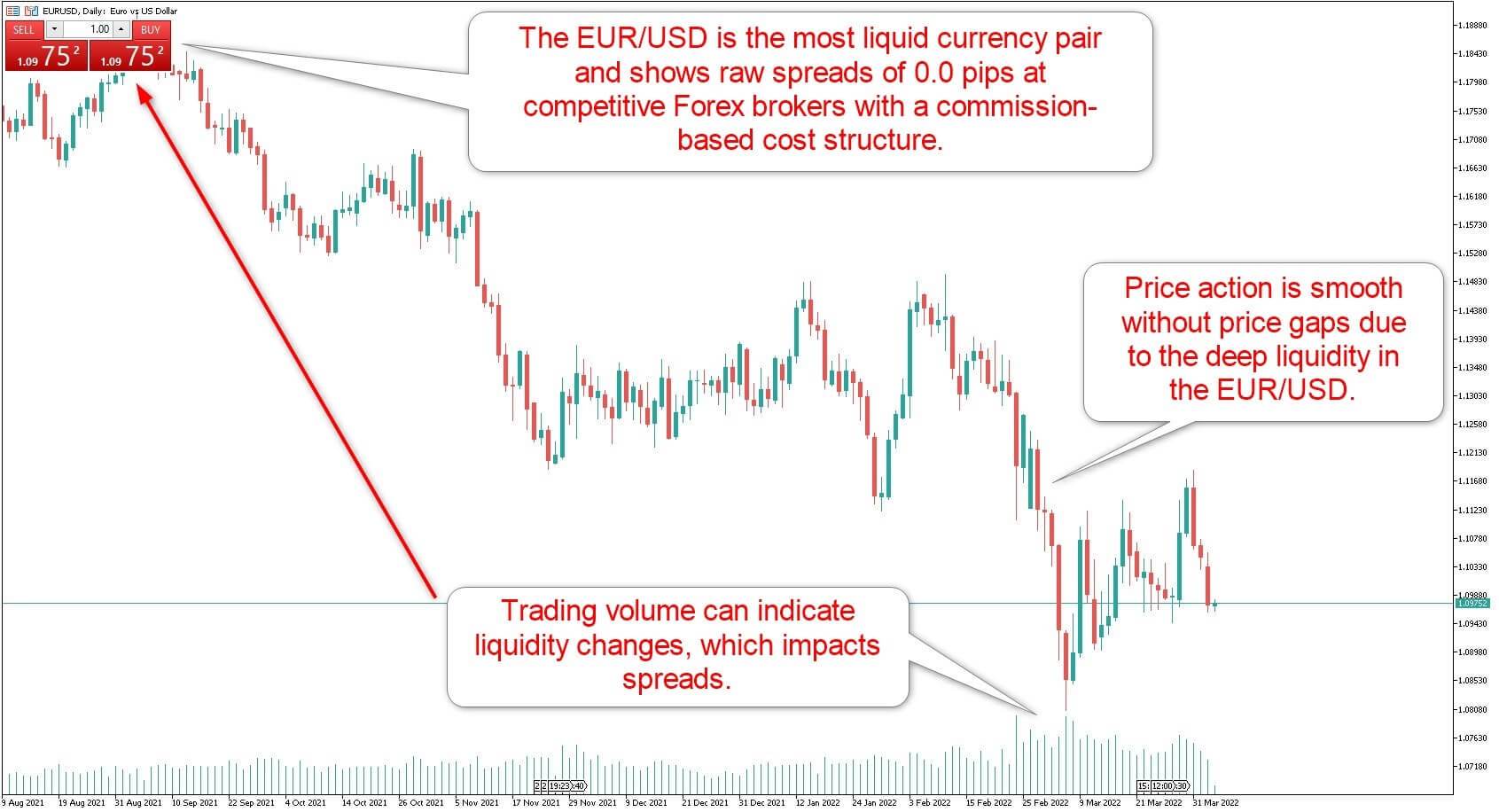
Treasury securities are generally issued to finance government operations, defense spending, and development projects. They are virtually guaranteed at maturity to pay their principal back, making them a safe and reliable investment. Moreover, they offer a high credit rating. You can invest in Treasury bonds in two ways. The first option is non-competitive, while the second is competitive bidding. Non-competitive bid is the easiest method to buy Treasury Bonds. It involves placing an offer between the afternoon or evening of the auction. The non-competitive bidder guarantees the purchase of the bonds at auction's rate. Investors can specify the rate they are willing to pay and the amount they wish to invest with a competitive bid. Depending on the bidder, the competitive bid may cover anywhere from one-half to three quarters of the issue.
Generally, the longer the maturity period of the T-bond, the more money an investor can earn. However, this increases the risk that the price of the bond will fall. Important to note is that the bond will become more volatile if it is held longer than the rising interest rate. When rates increase, the value of the bond will decrease. In the opposite way, rates that fall will cause the bond to appreciate in value. This is why Treasury bonds are limited to $5 million.

It is important to remember that acceptance of competitive bids does not guarantee acceptance. Bidders who offer yields higher than those set by auctions will be rejected. The bid can be accepted if it is equal or lower to the auction's yield. In addition, competitive bids are usually made by corporations or individuals with a knowledge of the securities market.
The new bond's average trade size is less than BrokerTec’s minimum trade size, which is $1,000,000 This may reflect the newness of the bond, or the low trading activity of the issue. Trade volumes are also less than other recently issued Treasury securities. This may be due to investors moving risk at higher costs.
The Treasury bond market is the largest in the world, with an estimated $24 trillion in total market value. This number has grown by more that $5 trillion over the past five-years. Due to the rise in the market, Treasury Department asked primary dealers for the purchase of bonds currently on the balance sheet. These bonds can be traded in secondary markets to increase liquidity.

The Treasury has released a fact sheet highlighting 12 key actions that were taken in the sector. These include the reopening of the 20-year bond, the release of weekly aggregate volume data, and the reopening of the separate trading of registered interest and principal of securities (STRIPS). The IAWG also published its second Staff Progress Report last Wednesday. The IAWG provided an overview of recent achievements as well as future work in the report. The report also gave an overview of recent achievements of the Treasury market resilience program.
FAQ
How do people lose money on the stock market?
The stock market isn't a place where you can make money by selling high and buying low. It's a place where you lose money by buying high and selling low.
The stock market offers a safe place for those willing to take on risk. They are willing to sell stocks when they believe they are too expensive and buy stocks at a price they don't think is fair.
They want to profit from the market's ups and downs. They might lose everything if they don’t pay attention.
Can bonds be traded
Yes, they do! Like shares, bonds can be traded on stock exchanges. They have been for many years now.
The only difference is that you can not buy a bond directly at an issuer. You must go through a broker who buys them on your behalf.
Because there are less intermediaries, buying bonds is easier. This also means that if you want to sell a bond, you must find someone willing to buy it from you.
There are different types of bonds available. Some pay interest at regular intervals while others do not.
Some pay interest annually, while others pay quarterly. These differences allow bonds to be easily compared.
Bonds can be very helpful when you are looking to invest your money. If you put PS10,000 into a savings account, you'd earn 0.75% per year. If you were to invest the same amount in a 10-year Government Bond, you would get 12.5% interest every year.
If all of these investments were accumulated into a portfolio then the total return over ten year would be higher with the bond investment.
Who can trade on the stock market?
Everyone. There are many differences in the world. Some people have better skills or knowledge than others. They should be rewarded.
But other factors determine whether someone succeeds or fails in trading stocks. If you don’t know the basics of financial reporting, you will not be able to make decisions based on them.
So you need to learn how to read these reports. You need to know what each number means. You should be able understand and interpret each number correctly.
You'll see patterns and trends in your data if you do this. This will enable you to make informed decisions about when to purchase and sell shares.
You might even make some money if you are fortunate enough.
How does the stock markets work?
You are purchasing ownership rights to a portion of the company when you purchase a share of stock. A shareholder has certain rights. He/she is able to vote on major policy and resolutions. He/she can seek compensation for the damages caused by company. He/she can also sue the firm for breach of contract.
A company can't issue more shares than the total assets and liabilities it has. It is known as capital adequacy.
A company with a high ratio of capital adequacy is considered safe. Companies with low ratios are risky investments.
Statistics
- Even if you find talent for trading stocks, allocating more than 10% of your portfolio to an individual stock can expose your savings to too much volatility. (nerdwallet.com)
- "If all of your money's in one stock, you could potentially lose 50% of it overnight," Moore says. (nerdwallet.com)
- The S&P 500 has grown about 10.5% per year since its establishment in the 1920s. (investopedia.com)
- US resident who opens a new IBKR Pro individual or joint account receives a 0.25% rate reduction on margin loans. (nerdwallet.com)
External Links
How To
How to create a trading strategy
A trading plan helps you manage your money effectively. It helps you identify your financial goals and how much you have.
Before you begin a trading account, you need to think about your goals. It may be to earn more, save money, or reduce your spending. You may decide to invest in stocks or bonds if you're trying to save money. If you earn interest, you can put it in a savings account or get a house. You might also want to save money by going on vacation or buying yourself something nice.
Once you have a clear idea of what you want with your money, it's time to determine how much you need to start. This will depend on where and how much you have to start with. Also, consider how much money you make each month (or week). The amount you take home after tax is called your income.
Next, you will need to have enough money saved to pay for your expenses. These include bills, rent, food, travel costs, and anything else you need to pay. Your monthly spending includes all these items.
You will need to calculate how much money you have left at the end each month. This is your net available income.
You're now able to determine how to spend your money the most efficiently.
To get started, you can download one on the internet. Ask an investor to teach you how to create one.
For example, here's a simple spreadsheet you can open in Microsoft Excel.
This displays all your income and expenditures up to now. This includes your current bank balance, as well an investment portfolio.
Here's another example. This one was designed by a financial planner.
It will help you calculate how much risk you can afford.
Don't attempt to predict the past. Instead, you should be focusing on how to use your money today.